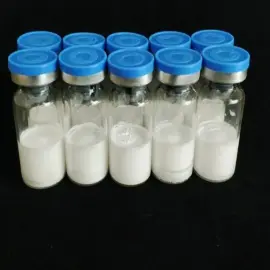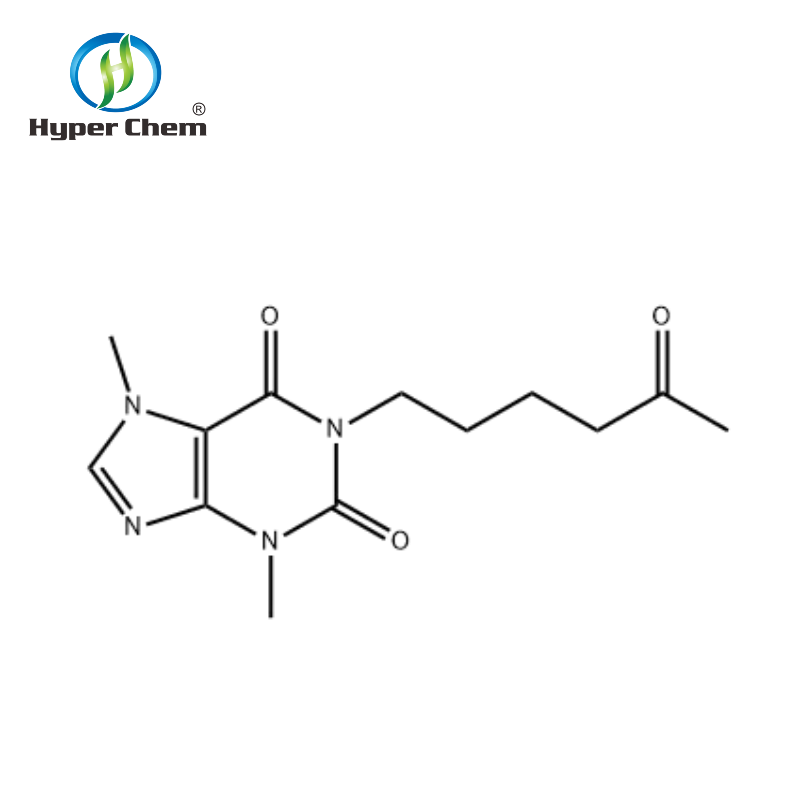-
Categories
-
Pharmaceutical Intermediates
-
Active Pharmaceutical Ingredients
-
Food Additives
- Industrial Coatings
- Agrochemicals
- Dyes and Pigments
- Surfactant
- Flavors and Fragrances
- Chemical Reagents
- Catalyst and Auxiliary
- Natural Products
- Inorganic Chemistry
-
Organic Chemistry
-
Biochemical Engineering
- Analytical Chemistry
-
Cosmetic Ingredient
- Water Treatment Chemical
-
Pharmaceutical Intermediates
Promotion
ECHEMI Mall
Wholesale
Weekly Price
Exhibition
News
-
Trade Service
Mannitol dihydrochloride, also known as 1,6-hexamethylene bis(oxycarbonylimide), is a synthetic organic compound that is commonly used in the chemical industry.
It is a white to off-white, odorless, crystalline solid that is soluble in water and many organic solvents.
Mannitol dihydrochloride is primarily used as a reagent in the production of other chemicals and materials.
It is a versatile compound that can undergo a variety of chemical reactions, including oxidation, substitution, and condensation reactions.
One of the primary uses of mannitol dihydrochloride is in the production of polyvinyl alcohol (PVA).
PVA is a synthetic polymer that is commonly used in a wide range of applications, including adhesives, coatings, and packaging materials.
Mannitol dihydrochloride is used as a catalyst in the polymerization reaction that produces PVA.
Mannitol dihydrochloride is also used as a catalyst in the production of nylon-6,6, a widely used synthetic polymer that is used in the production of fibers, films, and other materials.
In addition to its use as a reagent in chemical synthesis, mannitol dihydrochloride is also used as a pharmaceutical intermediate.
It is used in the production of certain types of medications, including anti-inflammatory drugs and painkillers.
Mannitol dihydrochloride is typically synthesized by a multi-step reaction process that involves several different chemical reactions.
The starting materials for the synthesis of mannitol dihydrochloride are aromatic hydrocarbons, such as benzene or toluene, and carbon monoxide.
The first step in the synthesis of mannitol dihydrochloride is the reaction of the aromatic hydrocarbon with carbon monoxide and hydrogen chloride gas in the presence of a metal catalyst, such as iron or copper.
This reaction produces a condensation product, which is then hydrolyzed to produce a compound known as mannitol-1,6-bis-oxycarbonylimide.
The next step in the synthesis of mannitol dihydrochloride is the oxidation of the mannitol-1,6-bis-oxycarbonylimide to produce the final product.
This is typically accomplished by treating the compound with a strong oxidizing agent, such as potassium permanganate or sodium periodate.
Mannitol dihydrochloride is typically produced on a large scale using industrial-scale chemical reactors, which are designed to handle the large quantities of reactants and reagents required for the synthesis of the compound.
The reactors are typically operated under conditions of high temperature and pressure to optimize the reaction rates and ensure efficient use of the reactants.
The production of mannitol dihydrochloride also involves several steps to purify and isolate the final product.
This typically involves filtering the reaction mixture to remove any solids or impurities, followed by precipitation of the product with a solvent, such as ether or hexane.
The resulting solid is then dried and ground to a fine powder for use in subsequent chemical reactions.
Overall, mannitol dihydrochloride is an important chemical reagent that is widely used in the production of a variety of chemicals and materials.
Its versatility and stability make it an ideal reagent for a range of chemical reactions, and its use in the production of PVA and nylon-6,6 makes it an essential component of the chemical industry.







